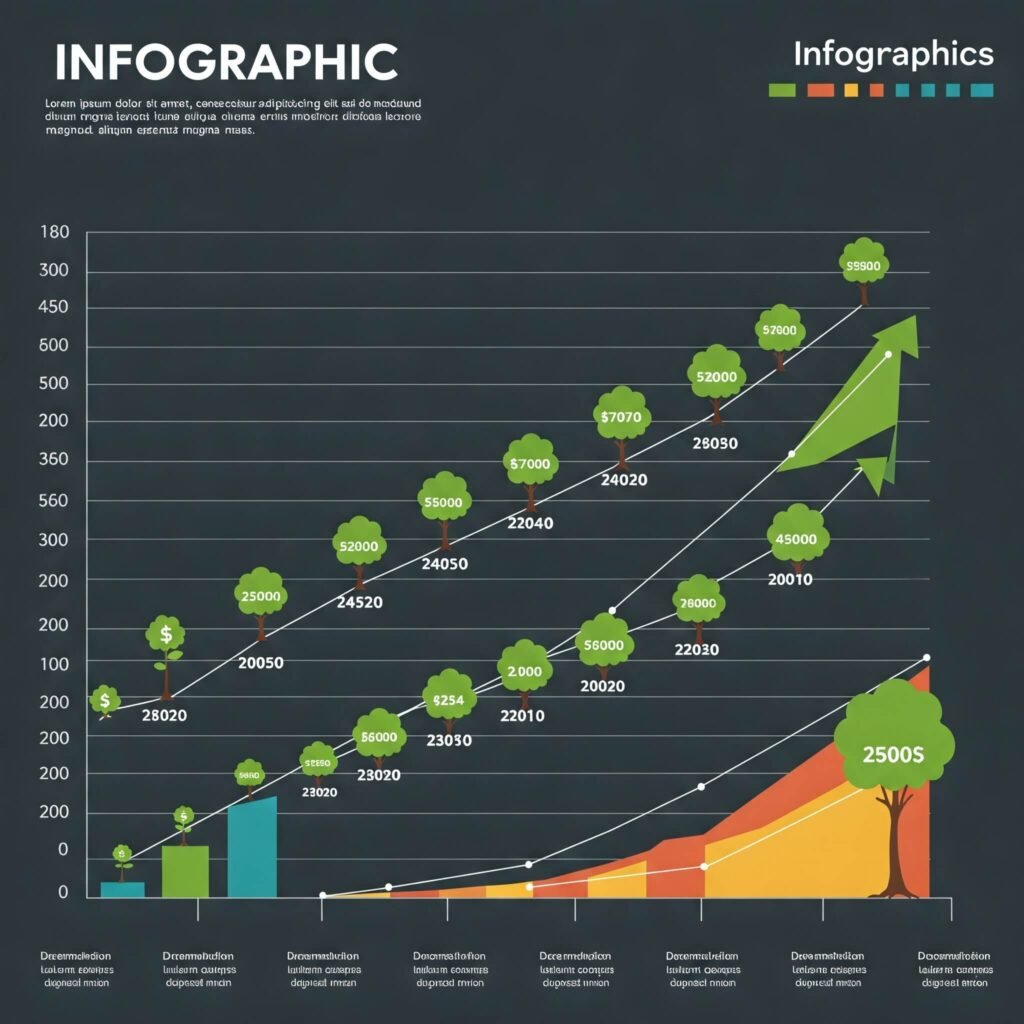Retirement may feel far off, but the sooner you maximize your 401(k), the more secure your financial future becomes. A 401(k) is one of the most powerful tools for building wealth, offering tax advantages and, often, employer contributions. Yet, many modern workers underutilize this benefit, missing out on significant growth potential. This guide shares proven 401(k) retirement strategies to help you optimize your savings and achieve financial independence. Whether you’re just starting your career or nearing retirement, these actionable tips will empower you to take control of your future.
H2: Understanding the Power of a 401(k)
A 401(k) is more than just a savings account—it’s a tax-advantaged vehicle designed to help you maximize your 401(k) for long-term growth. Contributions are typically made pre-tax, reducing your taxable income, and investments grow tax-deferred until withdrawal.
H3: How Does a 401(k) Work?
- Contributions: You allocate a portion of your paycheck to your 401(k), often with an employer match.
- Tax Benefits: Pre-tax contributions lower your taxable income; Roth 401(k) options offer tax-free withdrawals in retirement.
- Investment Options: Choose from mutual funds, index funds, or target-date funds to grow your savings.
Real-World Example: Sarah, a 30-year-old graphic designer, contributes 6% of her $60,000 salary ($3,600/year) to her 401(k). Her employer matches 50% of her contributions, adding $1,800 annually. By age 65, assuming a 7% annual return, her account could grow to over $600,000.

H2: Proven Strategies to Maximize Your 401(k)
To maximize your 401(k), you need a plan. Here are expert-backed strategies to supercharge your retirement savings.
H3: Contribute Enough to Get the Full Employer Match
Many employers offer a matching contribution—free money for your retirement. Not taking advantage is like leaving cash on the table.
- Typical Match: Employers often match 50%-100% of contributions up to 3%-6% of your salary.
- Action Step: Check your plan’s match policy and contribute at least enough to claim the full match.
Outbound Link: Learn more about employer matches from Investopedia.
H3: Increase Contributions Annually
Small increases in your contribution rate can make a big difference over time.
- Start Small: If you’re contributing 5%, bump it to 6% next year.
- Automate Raises: Direct a portion of every raise to your 401(k) before助
H3: Diversify Your Investments
A well-balanced portfolio reduces risk and maximizes returns.
- Target-Date Funds: These automatically adjust to become more conservative as you near retirement.
- Index Funds: Low-cost funds tracking broad market indices, like the S&P 500, offer steady growth.
- Action Step: Review your 401(k) investment options annually and rebalance to align with your risk tolerance.
Image Placeholder: [Insert chart comparing growth of diversified vs. single-asset 401(k) portfolios.]
H3: Take Advantage of Catch-Up Contributions
If you’re 50 or older, you can make additional “catch-up” contributions to maximize your 401(k).
- 2025 Limit: $23,000 standard contribution + $7,500 catch-up for those 50+.
- Action Step: If eligible, prioritize catch-up contributions to accelerate savings.
Outbound Link: IRS guidelines on 401(k) contributions IRS.gov.
H2: Avoiding Common 401(k) Mistakes
Even savvy savers can derail their retirement goals. Here’s how to steer clear of pitfalls.
H3: Don’t Cash Out Early
Withdrawing funds before age 59½ triggers taxes and a 10% penalty, stunting growth.
- Example: Cashing out $10,000 at age 40 could cost you $3,000 in taxes/penalties and over $50,000 in lost growth by age 65 (7% return).
- Action Step: Leave your 401(k) untouched or roll it over to an IRA if you change jobs.
H3: Don’t Ignore Fees
High fees can erode your savings over time.
- Typical Fees: 0.5%-2% annually. A 1% fee on a $100,000 balance costs $1,000/year.
- Action Step: Choose low-cost funds (e.g., index funds with fees under 0.2%).
Outbound Link: Understand 401(k) fees with Vanguard’s Fee Calculator.

H2: Planning for the Long Term
To maximize your 401(k), think beyond contributions and investments.
H3: Set Clear Retirement Goals
Define what retirement looks like for you—travel, hobbies, or part-time work?
- Estimate Needs: Experts suggest replacing 70%-80% of pre-retirement income.
- Action Step: Use a retirement calculator to project savings needs.
H3: Combine Your 401(k) with Other Savings
A 401(k) is powerful but shouldn’t be your only savings vehicle.

- IRAs: Supplement with a traditional or Roth IRA for more investment flexibility.
- HSA: Health Savings Accounts offer triple tax benefits for medical expenses.
- Action Step: Diversify savings to create multiple income streams in retirement.
Outbound Link: Explore IRA options at Fidelity.
Conclusion: Take Control of Your Retirement Today
To maximize your 401(k) is to invest in your future self. By claiming your employer match, increasing contributions, diversifying investments, and avoiding costly mistakes, you can build a nest egg that supports your dream retirement. Start small, stay consistent, and leverage the power of time and compound interest. Your future self will thank you.
Call to Action: Review your 401(k) contributions today. Are you getting the full employer match? Share your top retirement tip in the comments!





